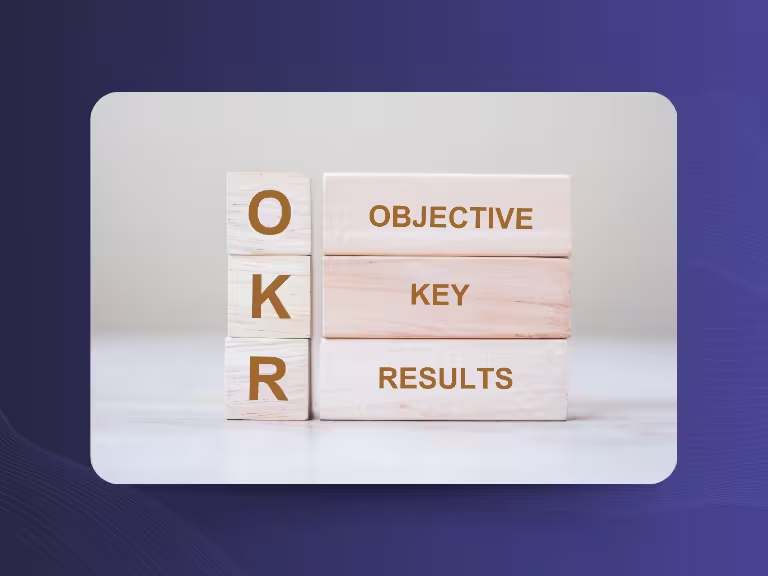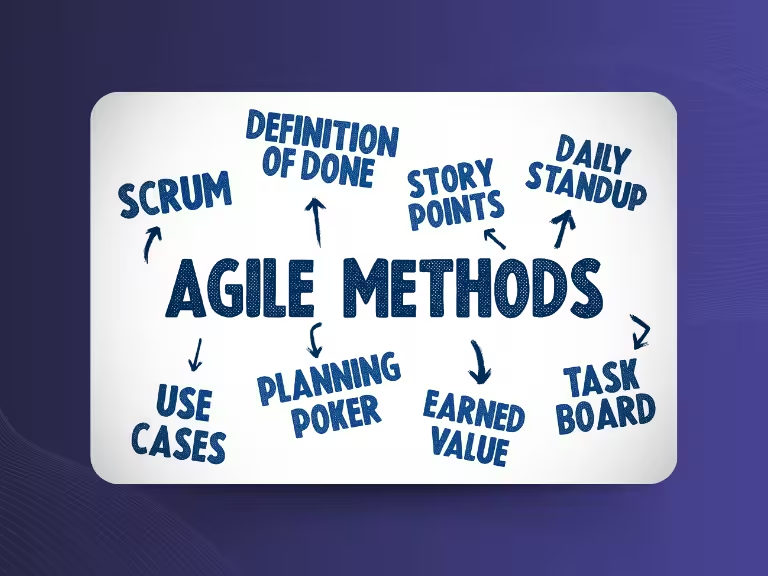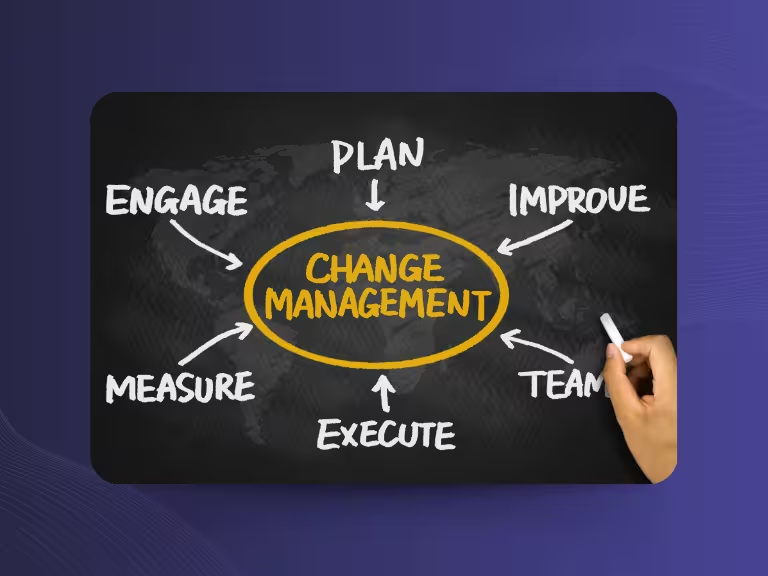In today's work environment, meetings are omnipresent – but not all of them are productive. As companies adapt to hybrid work models and drive digitalization forward, meeting organization becomes a crucial success factor. Studies show that employees spend an average of 23 hours per week in meetings, yet only 37% rate them as productive. Unstructured meetings lead to time loss, rising costs, and frustration among participants.
At the same time, well-organized meetings offer enormous opportunities: they enable better decisions, promote knowledge sharing, and strengthen team cohesion. The key lies in thoughtful planning, selecting appropriate meeting types, and strategically using digital tools. Modern companies increasingly rely on AI-powered solutions like meeting assistants that not only save time but also automate follow-up tasks.
Different Types of Meetings and Their Objectives
The first step toward efficient meeting organization lies in choosing the right meeting type. Depending on the objective, different meeting formats require different structures and approaches.

Decision-Making Meetings
Decision-making meetings are designed to reach concrete conclusions and enable action. The focus is on clear decision-making questions with a defined agenda. Typical examples include budget approvals, strategy workshops, or project decisions. These meetings require a tight structure with defined decision criteria and should only include relevant decision-makers.
Status Updates
Status update meetings serve information exchange and progress reporting. They are usually short, regular, and purposefully structured. The advantage lies in creating transparency and early identification of project risks. These meeting types are particularly suitable for agile working methods and should last no more than 15-30 minutes.
Brainstorming Sessions
Brainstorming meetings aim for creativity and open idea collection. They require an informal framework with free discussion and less rigid structure. Proven methods include mind mapping, "round robin" techniques, or icebreakers for relaxation. The important thing here is to create a non-judgmental atmosphere where all ideas are welcome.
Problem-Solving and Project Coordination
These meetings focus on collaborative solution-finding and coordination between different departments. They require clear task distribution and priority setting. Particularly in interdisciplinary project teams, such coordination meetings are indispensable to keep all stakeholders informed.
Preparation and Planning: The Foundation for Successful Meetings
Thoughtful preparation is the foundation of every successful meeting planning. Without clear structure and objectives, even well-intentioned meetings become a waste of time.
Define Clear Objectives
Every meeting should serve a concrete purpose that follows the SMART principle: Specific, Measurable, Accepted, Realistic, and Time-bound. The objectives should be communicated in the invitation so that all participants can prepare accordingly. Clear objectives also help keep the meeting focused and avoid distractions.

Optimize Participant Selection
Selecting the right participants is crucial for meeting success. Generally, only relevant people who can actively contribute to achieving the objectives should be invited. Group size should be limited – 3-7 people are ideal for decision-making meetings, while brainstorming sessions can have up to 12 participants. It's also important to clarify roles: Who moderates, who takes minutes, who are the subject matter experts?
Create and Distribute a Meaningful Agenda
A well-structured agenda is the heart of every meeting organization. It should not only list topics but also define realistic timeframes for each agenda item. The agenda should be sent to all participants at least 24 hours before the meeting. The goal is to find a balance between strict structure and flexibility for spontaneous topics.
Ensure Technical Preparation
Especially for hybrid or virtual formats, technical preparation is indispensable. This includes checking hardware, software, and internet connection. Meeting tools like Zoom, Microsoft Teams, or Google Meet should be tested beforehand. Modern solutions like GDPR-compliant meeting assistants can provide additional value by automatically creating minutes and integrating workflows.
Efficiency and Participant Engagement During the Meeting
The best preparation is useless if the meeting itself runs inefficiently. Here, proven methods and psychological aspects are crucial.
Methods for Increasing Productivity
Efficient time management begins with punctual start and adherence to the planned end time. A proven approach is the rule "Reports only via email, decisions in meetings," which the technology company Salesforce successfully implements. This can reduce meeting times by up to 25%. The focus should always remain on agenda topics to avoid sprawling discussions.

Psychological Aspects and Promoting Active Participation
Participant engagement is crucial for meeting success. Proven methods include targeted questions to individual participants, short breakout sessions in virtual meetings, or the "round robin" technique where every participant gets to speak. Icebreakers at the beginning can lower barriers and create an open atmosphere. Clear communication rules and regular feedback rounds are also important to ensure respectful interaction.
Follow-up and Follow-through
Follow-up is often the weakest point in meeting organization, yet it's crucial for lasting impact. Minutes with clear to-dos and responsibilities should be sent within 24 hours after the meeting. Automated follow-ups through tools like Trello or Asana can help ensure that agreed-upon measures aren't forgotten.
Modern Tools and Sustainability Aspects in Meeting Organization
Digitalization has revolutionized meeting organization and today offers numerous opportunities for optimizing meetings.
Digital Tools for Supporting Meeting Organization
Modern digital meeting tools significantly facilitate both planning and conducting meetings. Calendar integration in Outlook or Google Calendar simplifies scheduling, while meeting management platforms like Zoom, Webex, or Microsoft Teams enable hybrid sessions. Specialized tools like Fellow or MeetingBooster support agenda management and minute-taking.
Particularly valuable are AI-powered solutions that automate tasks and integrate workflows. GDPR compliance is an important aspect that not all tools fulfill. Modern meeting assistants can, for example, automatically create minutes, distribute tasks, and seamlessly integrate with existing project management software.
Sustainability in Meetings
Sustainable meetings are gaining increasing importance in times of climate change. Virtual and hybrid meetings significantly reduce travel requirements and can lower the carbon footprint by up to 90%. Paperless work through digital agendas and minutes conserves resources, while energy-efficient meeting rooms with LED lighting and recycling materials contribute to sustainability. Mindful time planning also helps reduce energy consumption.
Best Practices and Practical Examples
Successful companies rely on systematic approaches: A leading law firm reports 30% efficiency improvement through standardized checklists for preparation and follow-up. Technology companies use AI assistance systems for automated minutes and workflow integration, which not only saves time but also improves documentation quality.
Conclusion: Holistic Meeting Organization for Modern Teams
Meeting organization today is a complex discipline that goes far beyond mere schedule management. Successful teams combine goal-oriented planning with the appropriate meeting type and optimally use modern technical support. Often it's the details that make the difference: the right participant selection, a structured agenda, active involvement of all participants, and consistent follow-up.
Particularly important is motivating participants through transparent communication and an appreciative atmosphere. Sustainability aspects are gaining increasing importance and can be elegantly implemented through digital solutions. Investment in professional meeting organization pays off multiple times: through time and cost savings, improved meeting quality, and increased employee satisfaction.
The key lies in designing meetings consciously, structurally, and with digital support. Modern tools can help automate recurring tasks and improve documentation quality. Companies that pursue this holistic approach not only create more productive meetings but also sustainably strengthen their team and innovation capacity.

Test Meeting Transcription now!
We'll help you set everything up - just contact us via the form.
Test NowOr: Arrange a Demo Appointment




